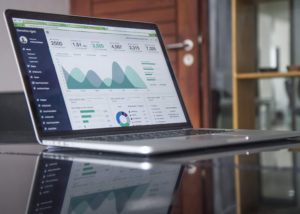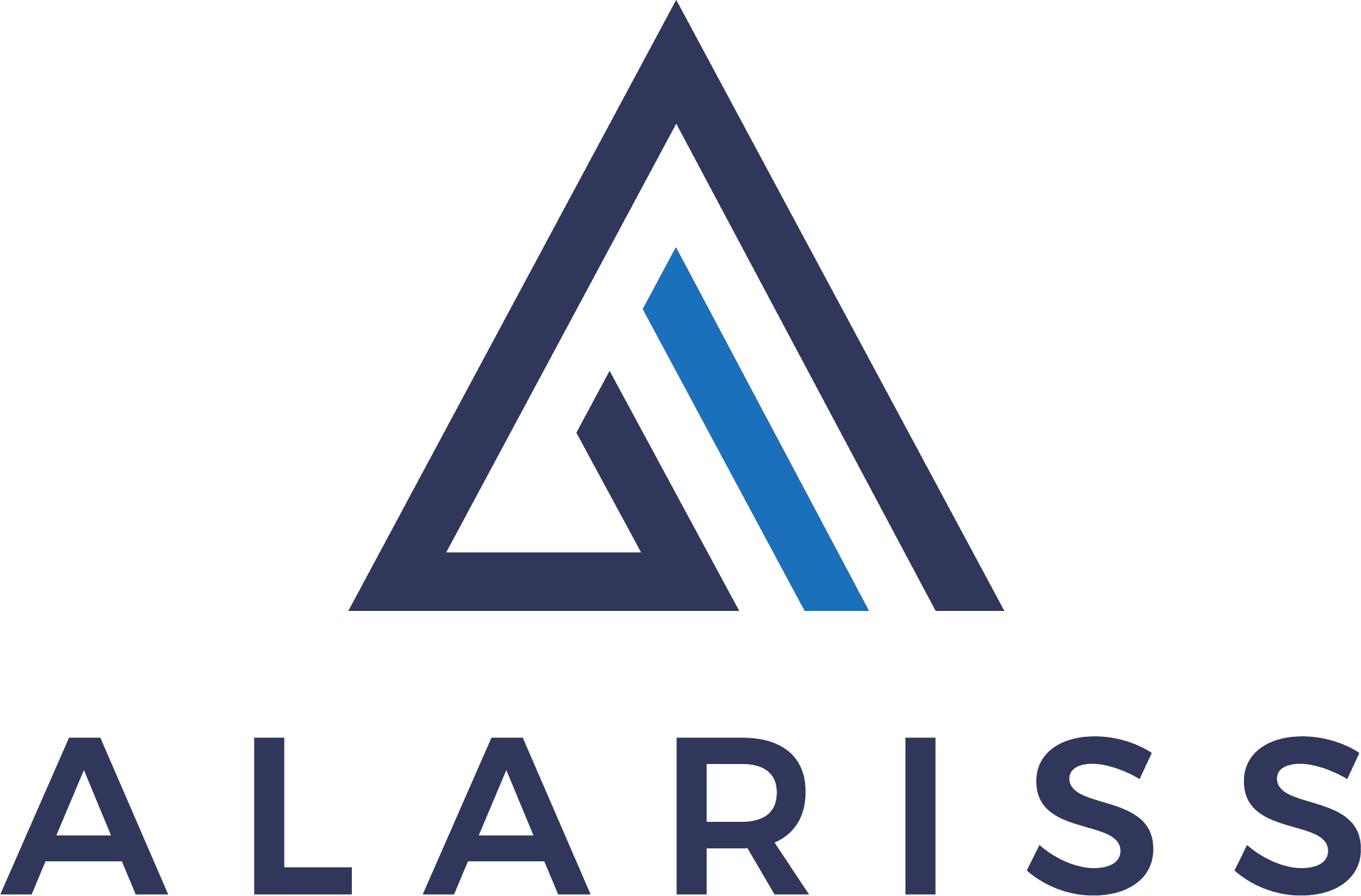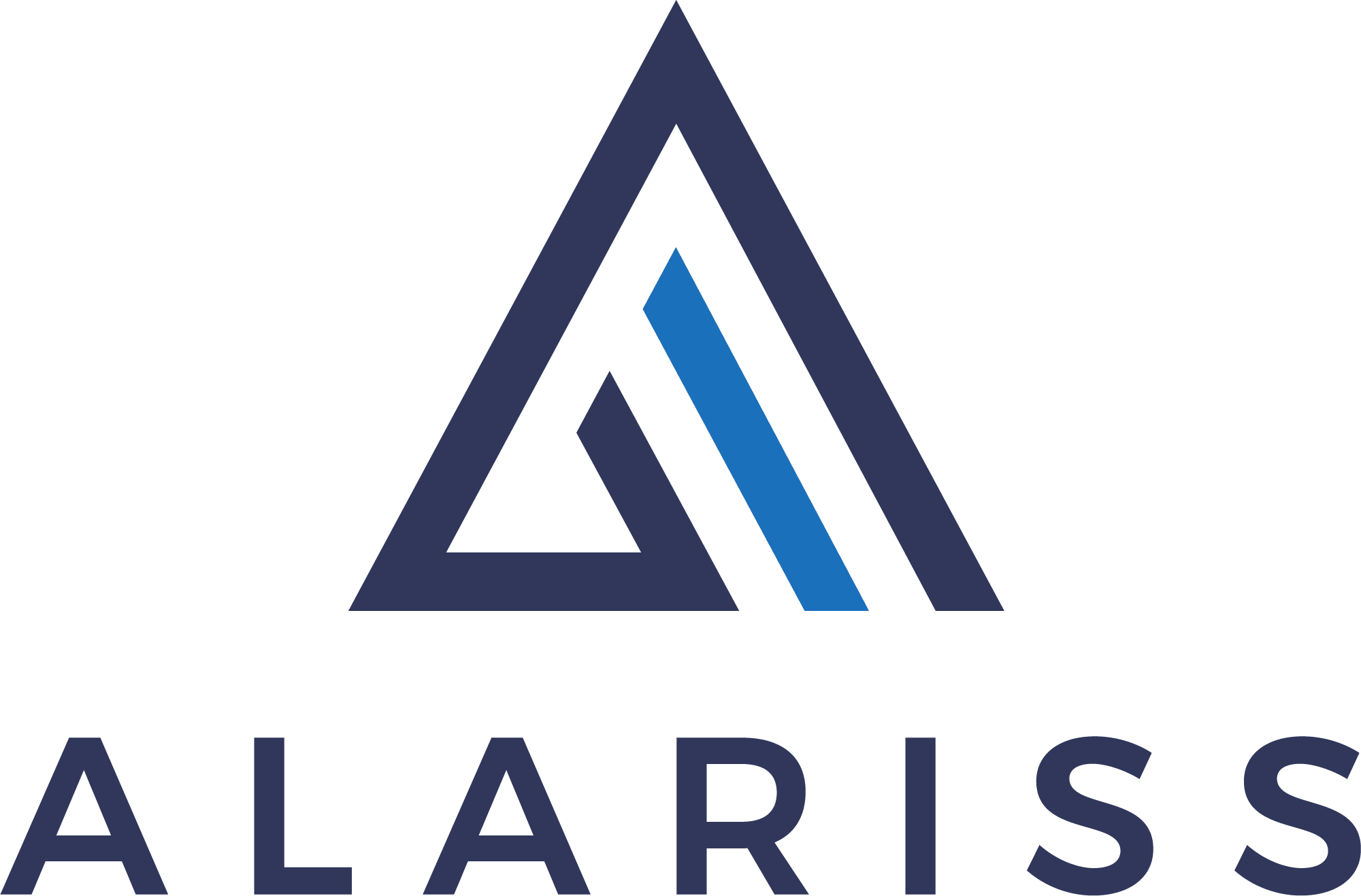Blog
5 Ways To Evaluate Before Deciding to Launch to US Customers


By Eric Cheng
October 14, 2021
Here at Alariss, we care about bringing quality services and talent across international borders. Part of the process includes helping our clients who are based across the globe develop an understanding of the US market. This is integral to our work with clients who are looking to effectively launch their products and services in the US.
We’ve had the chance to find patterns in how our clients reach optimal processes and practices prior to a launch. Based on our experience working with these companies and developing an awareness of the global landscape, we have come up with a checklist of five things to evaluate before deciding to launch to US customers. Several of these tips are relevant outside of the context of launching in the US specifically, though targeting US customers may call for additional steps that we detail below.
(Startup Nation: https://startupnation.com/start-your-business/launching-new-product-obstacles/)
1. Know your audience
With any product or service launch, it’s paramount to understand who you are selling to. The design and use of a product or service should cater to the consumer that you want to buy, and in the context of the US market, it’s good to know what differences lie between them and international markets. This pertains to demographic and on-the-surface details like age, gender, income level, spending behavior, locations that are more or less populous, GDP per capita, etc.
However, if you are planning a launch in the US, chances are you have a working knowledge of these details. In this case, gathering information that is less apparent may also be beneficial, specifical information on consumer behavior–where and how Americans buy, the effects of economic pressures and policy changes amidst the pandemic, and in particular, trends towards “Made in America”. According to Santander, some 70% of Americans consider it significant to buy American products. In addition, responsible consumption is increasingly attracting consumers who want sustainable, transparent, clean products; some 48% of consumers say they want to change their habits to reduce their impact on the environment.
Another aspect of consumer behavior to keep in mind when targeting the US market is growing sectors, which include leisure, culture, education, vehicles, transport services, tools, equipment for the home and garden, newspapers, books and stationery, holidays, home textiles, household crockery and utensils, alcoholic beverages.
All of which is to say that the more information you have on your market, the more you are able to adjust your product and plan of reaching them effectively.
2. Do a Competitive Analysis
A competitive analysis is beneficial to both tailoring your product or service optimally for a market and implementing a method to effectively appeal to them. This process includes the following steps (Square):
- Understanding competitors’ operations and marketing strategies
- Identifying the strengths and weaknesses of your competition and the overall industry
- Uncovering how customers feel about your competition
- Developing a competitive strategy catered toward your target market
Ultimately, launching a product calls for finding gaps in the market and appealing to consumers in a way that is unique from the existing companies. What opportunity does your business have to differentiate from the competition? Is that in product offering, marketing, or sales? Or is it in something else like personnel or customer experience? If you can find ways in which your competitors are weaker and your business can stand out, that is a key indicator of promise.
In evaluating the potential of a company against competitors, one thing that we like to recommend to our clients is to implement local sales teams who can have an understanding of the complex markets in specific locations. Going back to knowing your audience, this process allows for adjustments and hyperlocalized approaches to catering to your market on the ground and understanding the nuances even within a target market. Often, companies that are internationally-based do not have teams or infrastructures set up in the US, diminishing their ability to really connect with and appeal to US consumers.
3. Test and Learn
While gathering information and data is important to the process of evaluating one’s readiness to launch in the US, being able to experiment with launching itself is pivotal towards bringing it home. According to the American Association of Marketing, even the most well-known companies have faced challenges in launching products. Failures are aplenty, from food products like Cosmopolitan magazine’s yogurt line (decidedly off-brand) and Frito Lay’s WOW chips (caused digestive issues). In fact, it’s estimated that of the 30,000 new consumer products launched each year, up to 95% fail (AMA). Given the inherent risk in bringing a new product to market, utilizing a test market or “test and learn” strategy to product launch has gained popularity over the past several years across industries.
When it comes to testing, it’s important to recognize that it’s not a one-size-fits-all. Some companies use a typical innovation stage-gate process but leverage a test market to mitigate risk as they build wider distribution. Others take a lean approach, using test markets as an innovation ground zero in order to avoid a rigid stage-gate process and quickly uncover the viability of their business model (AMA). In fact, many larger companies have established separate business units within their organizations to function like startups. Ultimately, while gathering data and information on the US market is pivotal to developing a launch, the information that your company will attain from testing and retesting is unmatched. Especially in a consumer base that has shifts that are frequently changing and the emergence of specific markets, it’s important to know your specific target market.
4. Assess if it is the Right Time
In the midst of the pandemic, taking risks is particularly challenging for any company. Even though there’s no scientific process for determining it, you can’t ignore the timing. If your idea comes too early, customers may not be ready for it. However, if your idea comes too late, you may not be able to squeeze in front of a market crowded with competitors (Five Echelon)
Five Echelon suggests that ideally, you should launch your product right when it is truly ready– the honing and perfecting can come once it is in the market. On the other hand, you should be aware of cycles (Five Echelon). Is there a specific time of year in which US consumers are gravitating towards your product? Is there discourse on social media or media channels that can be tied to your product?
Finally, you should also consider whether you want to be the first to bring your brand to the US. While being first to market can have many advantages, it often comes with many problems including legal challenges and supply chain issues. Upon doing a competitive analysis, you may find that being second may be an advantage if you can learn from the challenges your predecessor faced, especially if those challenges are due to cultural differences or a failure in catering to a US market. Keep in mind that being the best doesn’t necessarily call for being the first (Five Echelon).
5. Be Aware of Legal Procedures
As mentioned in the previous section, it’s important to be aware of legal procedures that must be done in launching in the US. Many companies make mistakes as a result of not doing their due diligence. Thomson Reuters Practical Law has a checklist of legal and business issues that arise during a new product launch and what to keep track of (yes, this is a checklist within a checklist):
- Company structure– determine whether an existing business unit should develop the new product or if organizational changes must be made to allocate risk and internal stress
- Third-party collaborations
- Employment needs. Address the variety of employment law issues that can arise if the business must hire or contract additional employees to assist in the development and commercialization of the new product.
- Intellectual property (IP) issues. Companies should ensure that they own the IP created by employees and independent contractors and avoid infringing on third-party IP rights (for example, by searching and clearing copyrights and trademarks);
- Product labeling and packaging
- Supply chain relationships
- Advertising and marketing.
- Consumer protection and product liability.
Final Thoughts
Ultimately, in launching your product or service, the more that you know, the more effectively you can execute. This is relevant when it comes to knowing your market, competitors, best practices, potential tweaks, procedures and laws, and so on and so forth. At Alariss, we are here to help our clients from around the world develop an understanding of the US market and drive home results. At Alariss, we can give you the tools to make it all happen.




